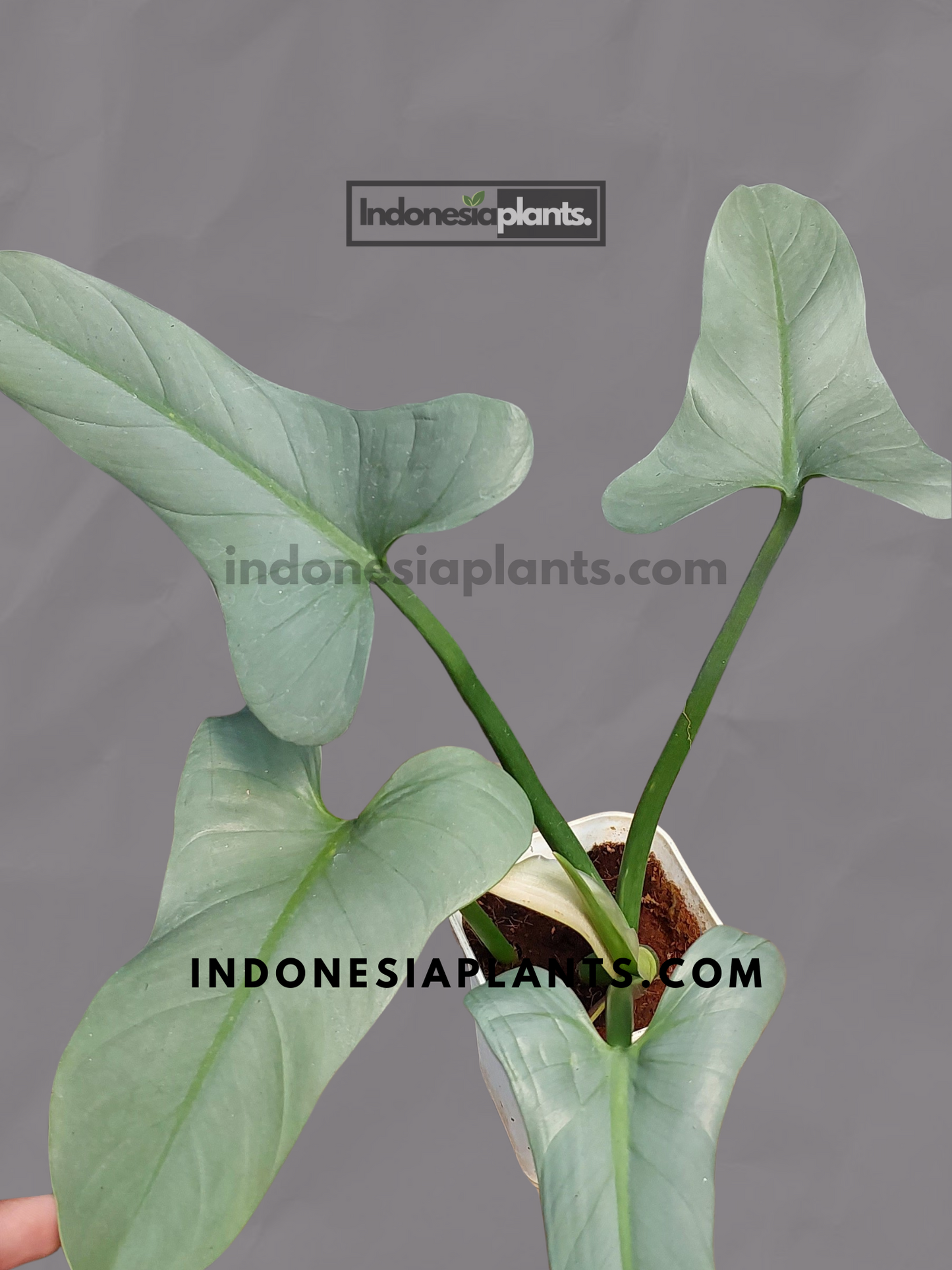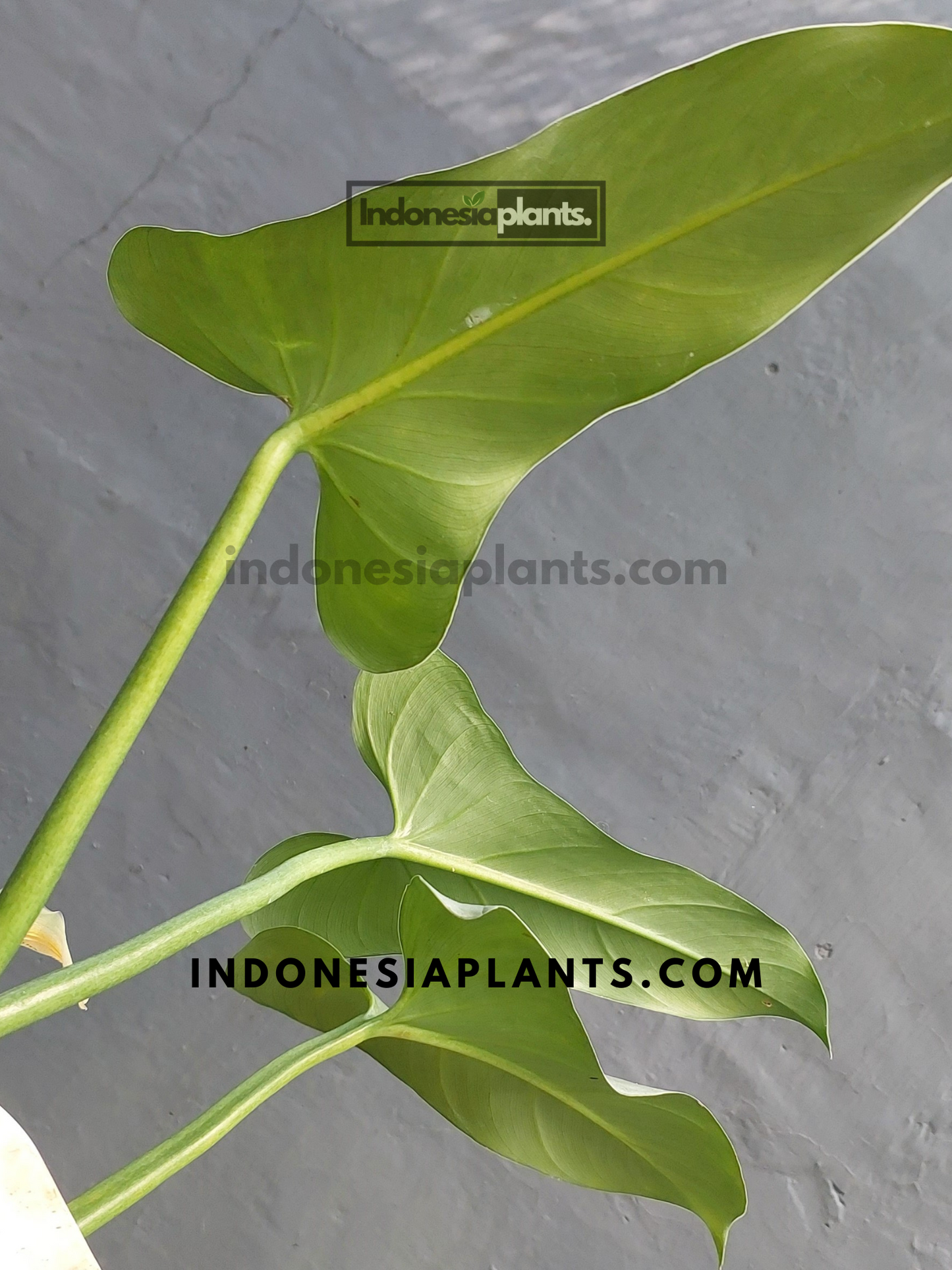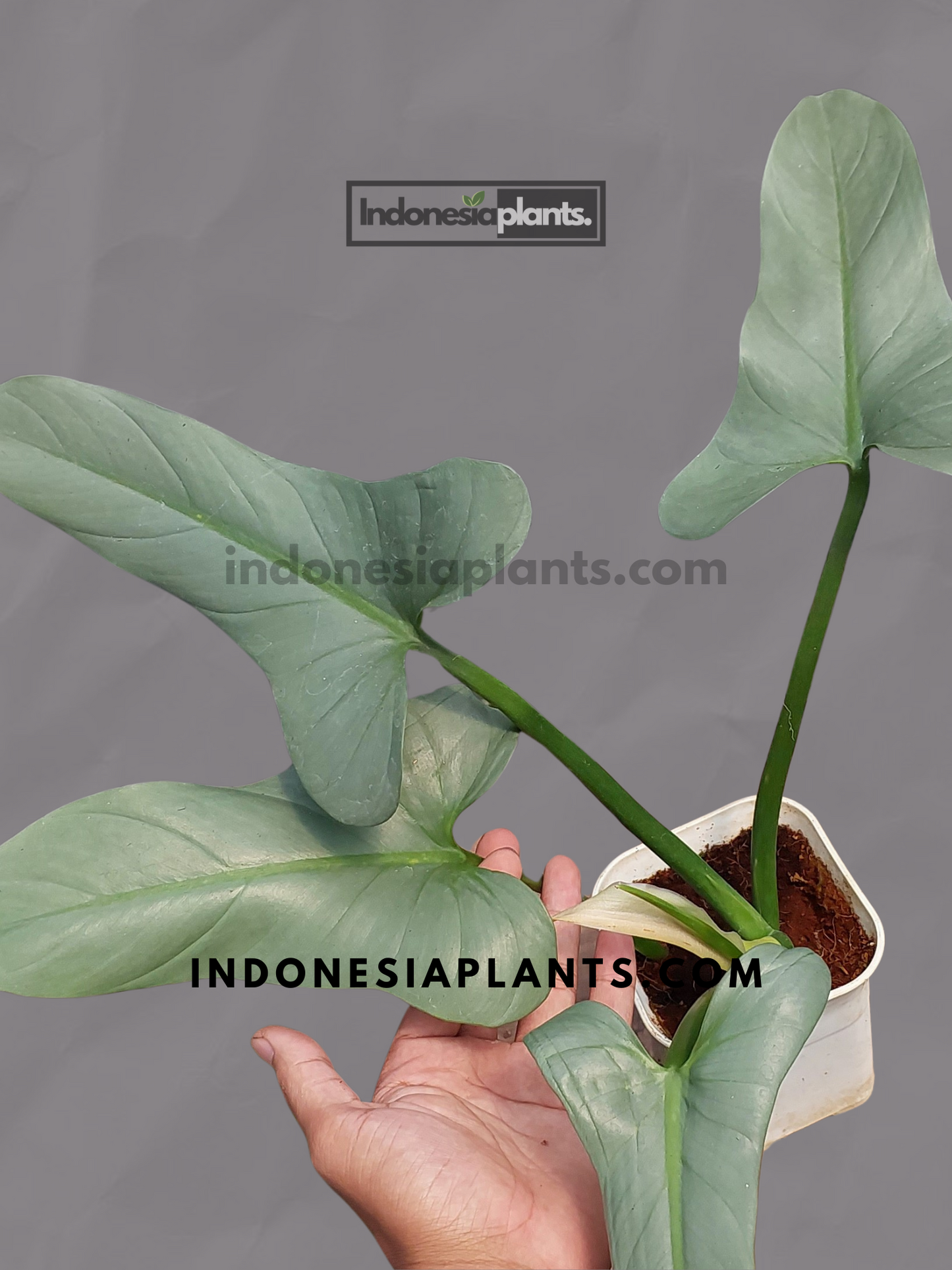indonesiaplants
Philodendron Hastatum Silver Sword Medium Size
Philodendron Hastatum Silver Sword Medium Size
Couldn't load pickup availability
See photos for reference to the plant features only. They are likely sent to you as featured with the descriptions below.
Minimum of 3 Leaves
Plants shipped will have a minimum of 3 leaves and will be rooted, not cuttings.
Philodendron Hastatum Silver Sword (Medium Size): An Elegant Addition for the Refined Plant Enthusiast
For plant lovers who want the beauty of the Silver Sword without the towering size, the medium-sized variety offers a perfect balance. This variety brings all the elegant silver sheen of the larger plant in a more manageable size. It’s ideal for those looking for a statement plant that fits comfortably into any home.
Why Choose the Medium-Sized Silver Sword:
- Compact Elegance: The medium size still features all the striking attributes of the Silver Sword, but it’s more adaptable to smaller spaces.
- Shimmery Leaves: Each leaf boasts a subtle metallic sheen that catches the light and adds an ethereal glow to any room.
06:30 — First Light, Soft Metal
Morning glow brushes the blades and the steel-blue/silvery wash wakes up with a gentle highlight. At medium size, ‘Silver Sword’ already shows its signature lance-like form—long, tapered leaves with a clean midrib and a satin-to-low-gloss surface that reads like brushed metal rather than mirror shine. The plant stands tall without sprawling; on a slim pole or flat board, internodes stay tidy and the column looks composed from the very first glance.
09:00 — Workspace Calm
Placed near a bright window with sheers, the foliage gives a cool, focused backdrop for desks, consoles, and studio corners. This size is the sweet spot: substantial enough to carry a vignette, compact enough to fit shelves or a narrow pedestal. The cool, glaucous cast tempers warm woods and creams, balancing rattan, raw oak, or microcement with quiet sophistication.
12:30 — Light That Flatters
‘Silver Sword’ performs best in bright, diffused daylight—east exposure or any luminous zone behind curtains. Even luminance preserves the metallic cast and tightens spacing; long gaps signal the room is dim. If color trends greener than you want, raise overall brightness (still filtered) before you touch fertilizer. For photos, side-lighting skims along the lamina and paints a slim highlight down the midrib.
15:00 — Root Zone in Harmony
Build an oxygen-forward aroid blend: ~40% chunky orchid bark, 25% coco fiber/coir, 20% pumice or perlite, 10% horticultural charcoal, plus a light sphagnum buffer. The mantra is air first, even moisture second. Choose a drainage-forward vessel sized modestly to keep roots oxygenated and the crown upright.
18:00 — Water Rhythm, Not Guesswork
When the top 2–3 cm (≈1 in) of mix dries, water thoroughly and allow full drainage. A calm, repeatable cadence—rather than constant damp—keeps margins clean and unfurls smooth. Expect a quicker beat in brighter months, a slower one in low-light seasons. Room comfort band: 18–29 °C (65–85 °F) and ~50–70% RH with gentle airflow away from AC/heater blasts.
20:00 — Training, Grooming, Poise
Guide the primary leader to a slim moss pole, coco totem, or flat cedar board; secure each node so the stem hugs the support for compact spacing and longer, more composed leaves. Rotate a quarter-turn every two weeks for balanced exposure. Wipe one or two leaves weekly with a soft cloth; remove spent sheaths to keep the center crisp. Light nutrition at ¼–½ strength during active months supports color clarity and steady sizing.
Anytime — Styling Notes
- Planter palette: Sand, ecru, oatmeal, or charcoal in matte finishes make the silver read rich and intentional.
- Backdrop: Limewash, pale timber, microcement, or honed stone let the blades cast soft, dimensional shadows.
- Companions: Add one foil for texture dialogue—velvety Anthurium (plush vs. sleek) or a silver-patterned aroid to echo the hue while varying form.
- Pet note: As with many aroids, place foliage out of nibbling reach.
Troubleshooting Quick Read
- Greening out / long internodes: Increase even brightness; keep the apex in your brightest safe pocket and the stem close to its support.
- Edge crisping: Typically late watering or dry drafts—tighten cadence and soften airflow.
- Dull new leaves: Verify light quality first; resume gentle feeding only after brightness is corrected.
- Mix stays wet too long: Boost bark/pumice fraction or step down one pot size for better aeration.
Kindly reach out to us at indonesiaplants@gmail.com if you have difficulties in your purchase or have any questions.







